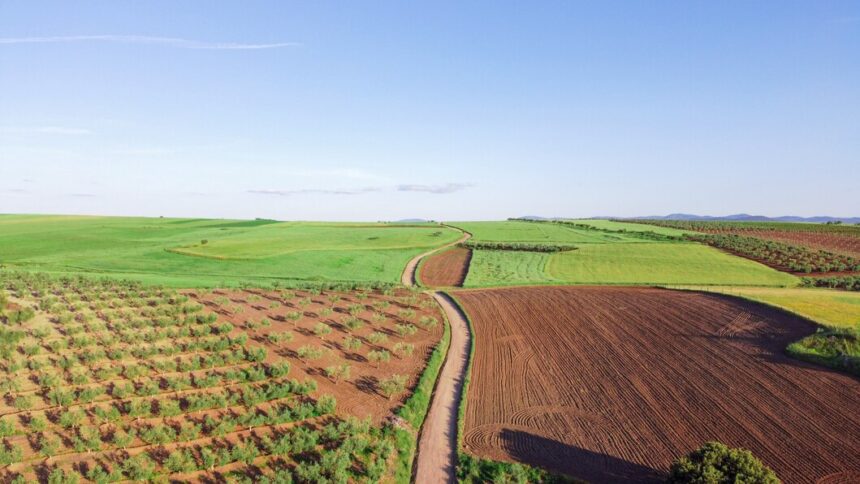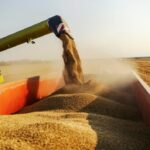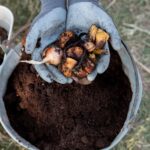Crop rotation is an essential farming practice that improves soil health, controls pests, and maximizes crop yields. By systematically alternating the types of crops grown in a specific area, farmers can maintain the balance of nutrients in the soil, break disease cycles, and reduce dependency on chemical fertilizers and pesticides. To implement crop rotation effectively, you’ll need a combination of planning, knowledge, and the right tools.
Understanding Crop Rotation Basics
Crop rotation involves grouping crops based on their nutrient needs, growth characteristics, and impact on soil health. Common crop groups include:
- Legumes (e.g., beans, peas) that fix nitrogen into the soil.
- Leafy vegetables (e.g., lettuce, spinach) that are nutrient-intensive.
- Root crops (e.g., carrots, potatoes) that loosen the soil structure.
- Cereal crops (e.g., maize, wheat) that utilize moderate soil nutrients.
A typical rotation cycle might involve growing legumes in year one, cereals in year two, root crops in year three, and leafy vegetables in year four.
Why Crop Rotation Matters
- Soil Fertility: Different crops use different nutrients, so rotating prevents depletion of specific nutrients.
- Pest and Disease Control: Rotating crops interrupts the lifecycle of pests and pathogens.
- Improved Soil Structure: Root crops help aerate the soil, while legumes improve nitrogen levels.
- Higher Yields: Healthy, nutrient-rich soil supports better crop productivity.
Tools You Need for Effective Crop Rotation
1. Farm Management Plan
A well-documented plan helps track crop placement, growth cycles, and yields. You can use:
- Crop rotation charts: Simple visual guides showing which crops to grow and when.
- Digital farm management apps: Tools like AgriWebb or Croptracker offer sophisticated crop rotation planning and tracking features.
2. Soil Testing Kits
Understanding your soil’s nutrient levels is critical for successful crop rotation. Soil testing kits or services help identify deficiencies and guide crop selection.
3. Tillage Equipment
Tillage tools like hoes, plows, or rotavators prepare the soil for the next planting cycle, ensuring it is aerated and free of residue from the previous crop.
4. Cover Crop Seeds
Cover crops (e.g., clover, rye) are planted during off-seasons to replenish nutrients and prevent erosion. Having quality seeds on hand is essential for maintaining soil health.
5. Composting Tools
Compost improves soil fertility and complements the nutrient benefits of crop rotation. Tools like compost bins, thermometers, and aerators help create organic fertilizer.
6. Irrigation Systems
Efficient water management is crucial for all crops. Drip irrigation or sprinkler systems ensure consistent moisture for varying crop needs throughout the rotation cycle.
7. Pest and Weed Control Tools
Manual weeding tools, mulching materials, and organic pesticides reduce weed and pest issues that crop rotation might not fully address.
8. Record-Keeping Tools
Accurate records are essential for assessing the success of your crop rotation strategy. Tools like notebooks, spreadsheets, or software like FarmLogs keep track of rotations, yields, and soil health.
Steps to Implement Crop Rotation
- Analyze Your Soil: Use soil tests to understand its condition and deficiencies.
- Plan Your Rotation: Divide your land into sections and assign crops based on their nutrient needs.
- Prepare the Soil: Use tillage and composting to optimize soil conditions for each crop.
- Plant Strategically: Follow your plan and monitor growth regularly.
- Monitor Progress: Use records to assess performance and adjust your rotation strategy as needed.
Crop rotation is a sustainable farming practice that improves soil health, increases yields, and minimizes environmental impact. With the right tools and strategies, you can implement a successful crop rotation system that benefits your farm for years to come. By investing in soil testing kits, tillage equipment, and effective record-keeping systems, you’ll be well on your way to reaping the rewards of this time-tested agricultural method.
Join 'Farmers Mag' WhatsApp Channel
Get the latest Farming news and tips delivered straight to your WhatsApp
CLICK HERE TO JOIN






